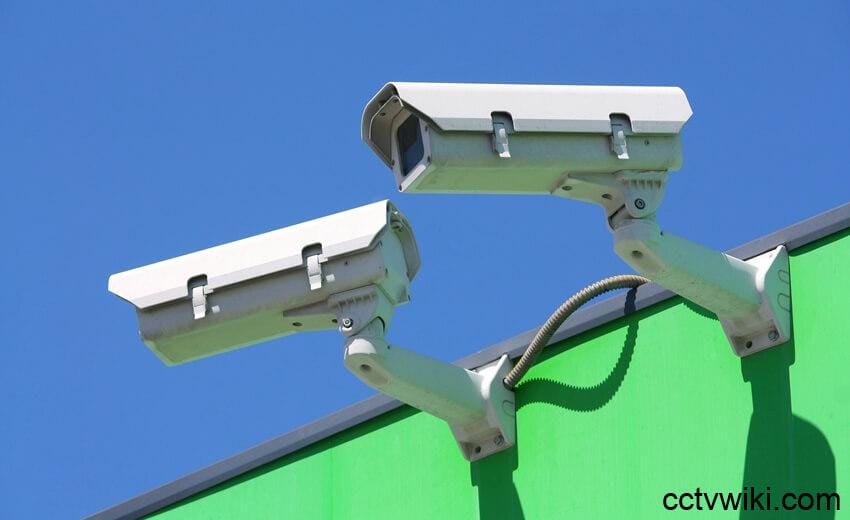As of October 9, 2025, the IEC has unveiled the latest edition of IEC 62676-4, a crucial guide for video surveillance systems (VSS) in security applications, originally published in 2014.
IEC 62676-4:2025 supersedes its predecessor, IEC 62676-4:2014. Known in Europe as EN 62676-4, it was previously recognized as EN 50132-7.
Why the Update?
The world of video surveillance has exploded in recent years, with technical demands and security expectations evolving at breakneck speed. The original IEC standards emerged from EN 50132-7 in the early 2010s, but the 2025 update brings the standard in line with today’s advanced technology.
Here are some of the key innovations and improvements you can expect in IEC 62676-4.
The 2014 edition operated on the assumption that a person displayed at 100% on a PAL monitor could be definitively identified. The “identify” quality category was defined by a pixel density of 250 pixels per meter (4mm per pixel). Even considering a Kell factor of roughly 0.7, which is no longer applicable to digital video. The previous standard defined the quality level of “identify” as—“defined functional purpose of a camera to enable identification of an individual beyond reasonable doubt.”
However, leading forensic picture experts from law enforcement agencies argue that identifying someone “beyond reasonable doubt” is simply not possible with video footage. Even DNA evidence, far more conclusive than video, can’t guarantee 100% certainty.
What’s New in IEC 62676-4:2025?
- Rethinking Pixel Densities
Video surveillance has made incredible leaps, especially in high-resolution imaging.
Pixel density, measured in pixels per meter (pix/m), dictates the level of detail an image provides. Higher pixel density means finer details can be discerned, a huge advantage for forensic analysis. The new standard completely redefines pixel densities, introducing a new test chart to ensure video footage quality (live and recorded) matches defined operational needs. In total, seven new pixel density (quality) categories have been defined as follows:
The highest category, “Scrutinise,” boasts a pixel density of 1500 pix/m, drawing from the visual quality of international standards for passport photos. This category aims to identify a person with a ‘probability of certainty.’ It also allows for clear reading of vehicle license plates (assuming acceptable motion blur) and recognition of vehicle models and manufacturing years.
The “Validate” category, at 500 pix/m, is sufficient for most facial recognition software to identify a person. Known individuals can be validated, actions can be traced, and vehicle license plates can be reconstructed (again, assuming acceptable motion blur).
Finally, the “Overview” category, with a pixel density of 20 pix/m, is suitable for many video analytics applications that trigger alarms based on moving objects (e.g., perimeter detection or border control).
The following illustration demonstrates the screen percentage occupied by an average adult (1.7m height) for all newly defined pixel densities for HD (1080p) and UHD (4K) display formats:
2. The Importance of a Security Concept
The new standard emphasizes the need for a comprehensive security concept as the foundation for planning any VSS. This concept should integrate the VSS into a three-pronged security strategy:
- Structural-mechanical measures
- Electronic measures
- Organizational measures
The security concept should follow a logical progression: hazard assessment, risk assessment, and finally, the definition of risk treatments. This approach helps to better define the security gradings of VSS and supports end users/operators in planning and installing secure video surveillance systems.
- Streamlined Operation
The standard redefines VSS operation to align with other security systems like fire/alarms/access control. This ensures that operational procedures are relatively similar across all installed security systems. The new standard defines three professional levels for operating a VSS:
- Instructed person
- Competent person VSS
- Competent system engineer VSS
Each level is clearly defined and assigned to different phases of planning, installation, commissioning, and operation. VSS operation is divided into maintenance (preventive/corrective/improvements) and on-site visual checks, including extensive checklists for inspections, functional checks, and service checks.
- Security Grading and Critical Infrastructure Requirements
Annex D (informative) provides guidelines and recommendations on applying security grades. It includes user-friendly tables to recommend security grades based on the size-view (number of cameras) or application-view (a list of various applications, including an extensive list for critical infrastructure). The next revision of this standard, planned in about five years, will likely include directive requirements for critical infrastructure.
These are the most significant changes in the newly released standard. Numerous other minor changes enhance the standard’s clarity and completeness. The new IEC 62676-4 marks a significant step forward for the entire VSS industry, offering a solid foundation for the planning, installation, and operation of these systems.
The adjusted pixel densities and the implementation of security concepts will help to ensure that VSS provide reliable and forensically important detailed information, even under challenging conditions. Is it a perfect standard? Perhaps not, as all standards are continually evolving. There are certainly more areas to address in upcoming revisions. This release took more than four years to complete and is now internationally accepted, especially by countries with high VSS camera density.
Feedback from industry stakeholders (associations, law enforcement, market players, and more) has been overwhelmingly positive, and it’s expected that the quality of installed video surveillance systems will continue to improve, benefiting end users and operators alike.
Michael Meissner is Project Lead of IEC 62676-4:2025 (TC79/WG12), Head of VSS working group at BHE.de (German Security Association), and CEO of AEviso-Group in Taiwan

